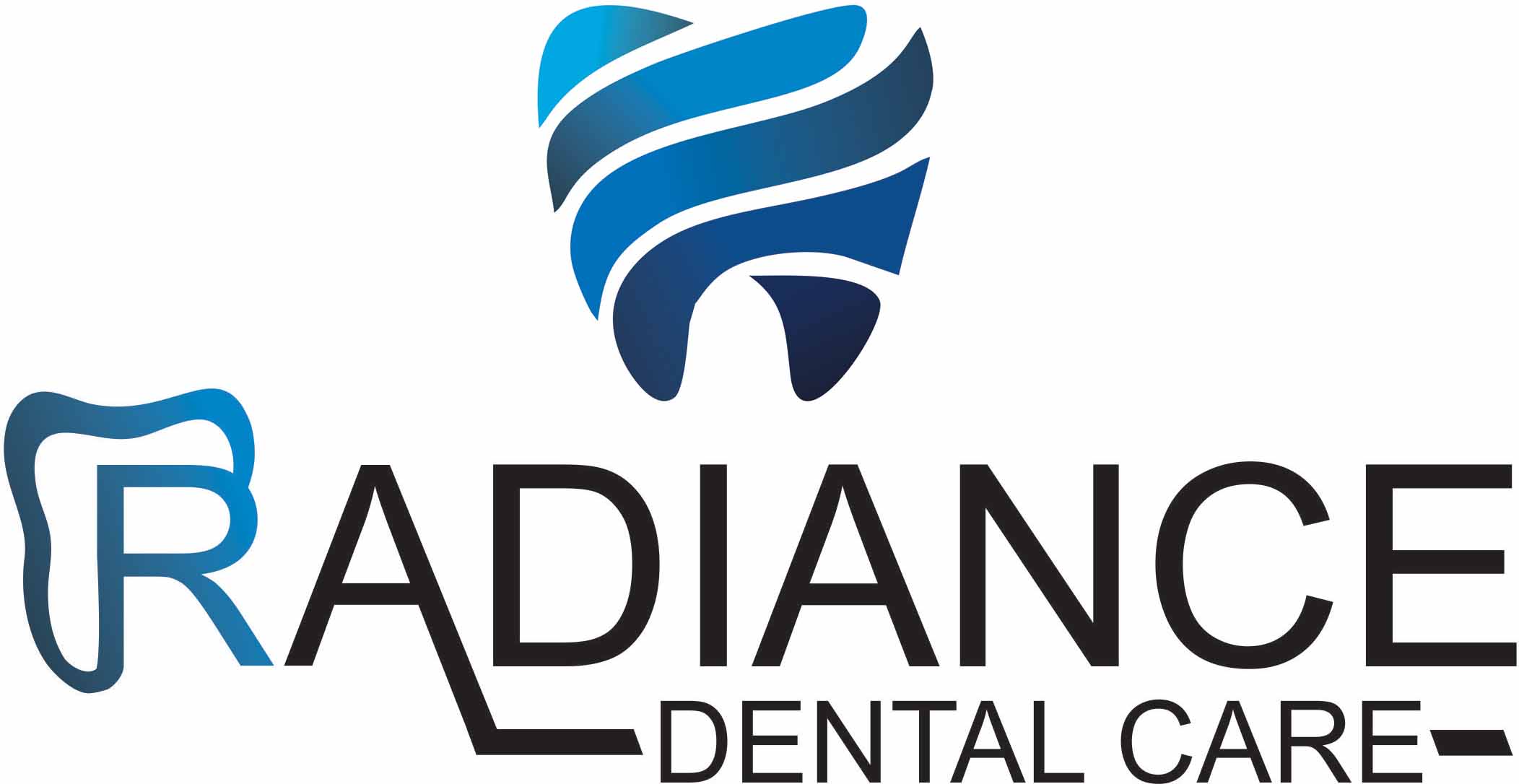A Glossary of Dental Terms
Here are some common dental terms and their definitions:
- Abscess: A painful, pus-filled swelling that forms at the root of a tooth or in the gums. It is caused by a bacterial infection and can lead to serious complications if left untreated.
- Bonding: A cosmetic dental procedure in which a tooth-colored resin material is applied to the surface of a tooth and hardened with a special light. Bonding is used to improve the appearance of chipped, cracked, or discolored teeth.
- Braces: Orthodontic appliances used to correct misaligned teeth or jaws. They consist of brackets, wires, and bands that apply gentle pressure to move teeth into their correct position.
- Bridge: A dental restoration used to replace one or more missing teeth. It consists of an artificial tooth or teeth (pontic) that is supported by adjacent teeth or dental implants.
- Canal: The narrow, hollow space inside a tooth that contains the pulp, nerves, and blood vessels. Root canal treatment involves removing infected or damaged pulp from the canal to save the tooth.
- Cavity: A decayed area of a tooth caused by bacteria.
- Composite filling: A tooth-colored filling made of a mixture of resin and glass or quartz filler. It is used to restore decayed or damaged teeth and is often preferred for its natural appearance.
- Crown: A tooth-shaped cap that covers a damaged or decayed tooth to restore its shape, size, and strength.
- Dental caries: The medical term for tooth decay or cavities. Caries is caused by a combination of bacteria, sugar, and acid that damage the enamel and dentin of teeth.
- Dental implant: A surgical component that is placed into the jawbone to support a dental prosthesis, such as a crown, bridge, or denture. Implants are a popular option for replacing missing teeth.
- Dentures: Removable prosthetic devices that replace missing teeth and surrounding tissues. They can be full or partial and are custom-made to fit the patient's mouth.
- Enamel: The hard, outer layer of a tooth that protects the softer inner layers.
- Eruption: The process by which a tooth moves through the gums and emerges into the mouth. The eruption of primary (baby) teeth typically begins at around 6 months of age, while the eruption of permanent teeth occurs from age 6 to 25.
- Fluoride: A mineral that is naturally present in water and some foods. It is also added to toothpaste and other dental products to help prevent tooth decay and strengthen enamel.
- Gingiva: Also known as gums, the soft tissue that covers the roots of teeth and provides support and protection to the teeth and bone.
- Gingivitis: Inflammation of the gums caused by plaque buildup.
- Halitosis: Also known as bad breath, an unpleasant odor that originates from the mouth. Halitosis can be caused by poor oral hygiene, gum disease, certain foods, or underlying health conditions.
- Implant: A surgical component that is placed into the jawbone to support a dental prosthesis, such as a crown, bridge, or denture.
- Inlay: A type of filling made of porcelain, gold, or composite resin that is custom-made to fit into a prepared cavity in a tooth.
- Malocclusion: A misalignment of the teeth or jaws that can cause problems with biting, chewing, and speaking. Malocclusion can be corrected with orthodontic treatment.
- Occlusion: The way in which the upper and lower teeth fit together when the mouth is closed. Proper occlusion is important for proper chewing, speaking, and maintaining healthy teeth and gums.
- Oral surgery: A specialized area of dentistry that focuses on surgical procedures involving the teeth, jaws, and surrounding tissues. Common oral surgeries include tooth extraction, implant placement, and jaw surgery.
- Orthodontics: The branch of dentistry that focuses on correcting the alignment of teeth and jaws to improve function and appearance.
- Periodontitis: A more advanced stage of gum disease in which the supporting tissues and bone around the teeth become damaged.
- Plaque: A sticky film of bacteria that forms on teeth and gums. If not removed, it can lead to tooth decay and gum disease.
- Prophylaxis: A dental cleaning procedure that removes plaque and tartar from the teeth and gums to prevent and treat gum disease.
- Root canal: A procedure in which the infected or damaged pulp of a tooth is removed and replaced with a filling to prevent further decay.
- Scaling and root planing: A deep cleaning procedure in which tartar and plaque are removed from below the gumline to prevent and treat gum disease.
- Scaling: A dental procedure that involves removing tartar (hardened plaque) from the surface of teeth using special instruments. Scaling is an important part of maintaining good oral health and preventing gum disease.
- Temporomandibular joint (TMJ) disorder: A condition that affects the joint that connects the jawbone to the skull. TMJ disorder can cause pain, stiffness, and difficulty chewing or speaking.
- Tooth decay: The process by which bacteria in the mouth produce acid that erodes the enamel and dentin of teeth, leading to cavities and other dental problems.
- Tooth extraction: The removal of a tooth from its socket in the jawbone due to damage, decay, or infection.
- Veneer: A thin, tooth-colored shell that is bonded to the front of a tooth to improve its appearance and function.
- Whitening: A cosmetic dental procedure that uses bleaching agents to remove stains and discoloration from teeth, resulting in a brighter and more attractive smile. Whitening can be done in-office or with take-home kits.
- Wisdom teeth: The third set of molars that typically emerge in the late teenage years or early twenties, often requiring extraction due to lack of space in the mouth or other complications.
- X-ray: A diagnostic tool that uses radiation to produce images of teeth, bones, and surrounding tissues. Dental x-rays are used to identify dental problems that are not visible during a visual exam.
Contact Us
